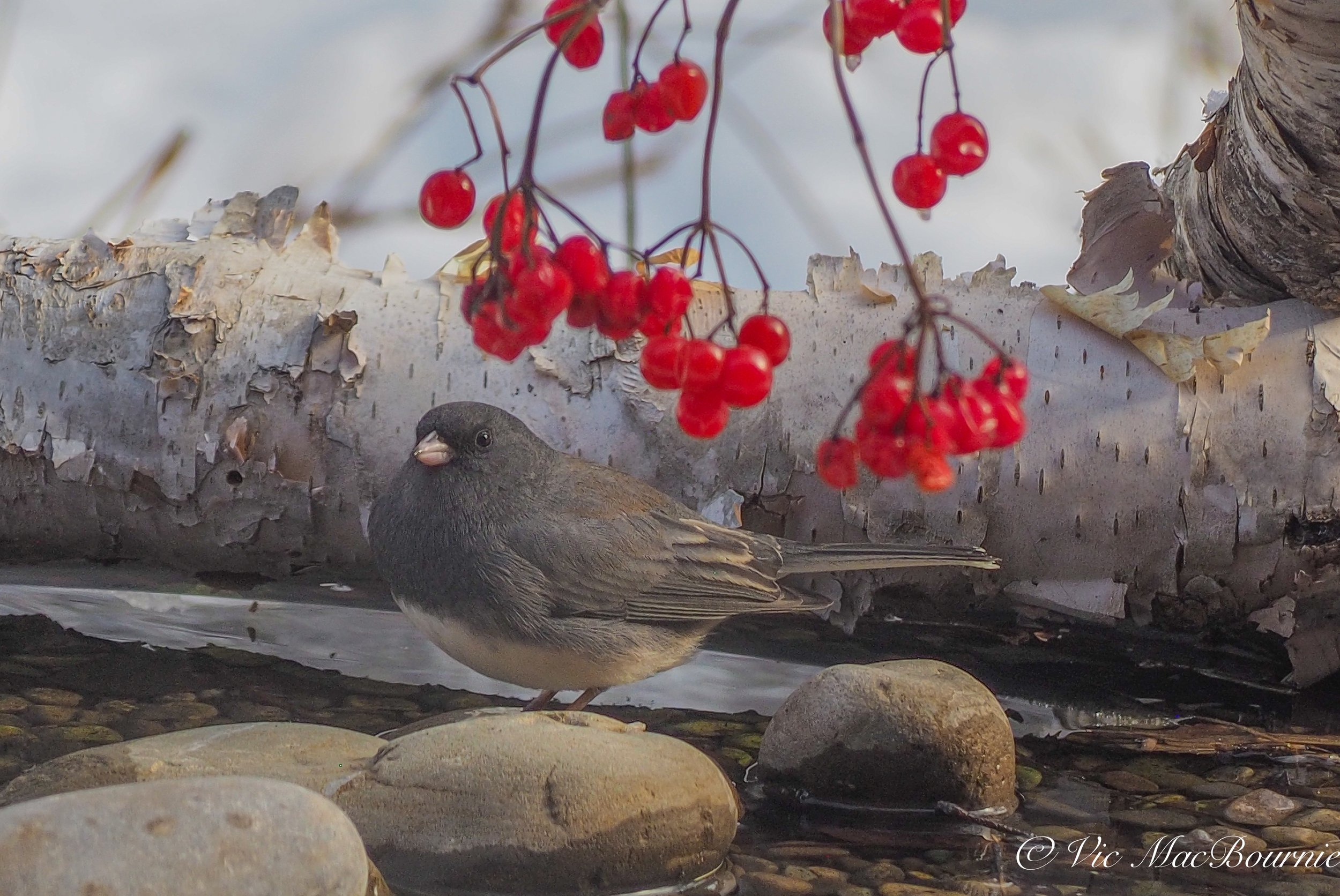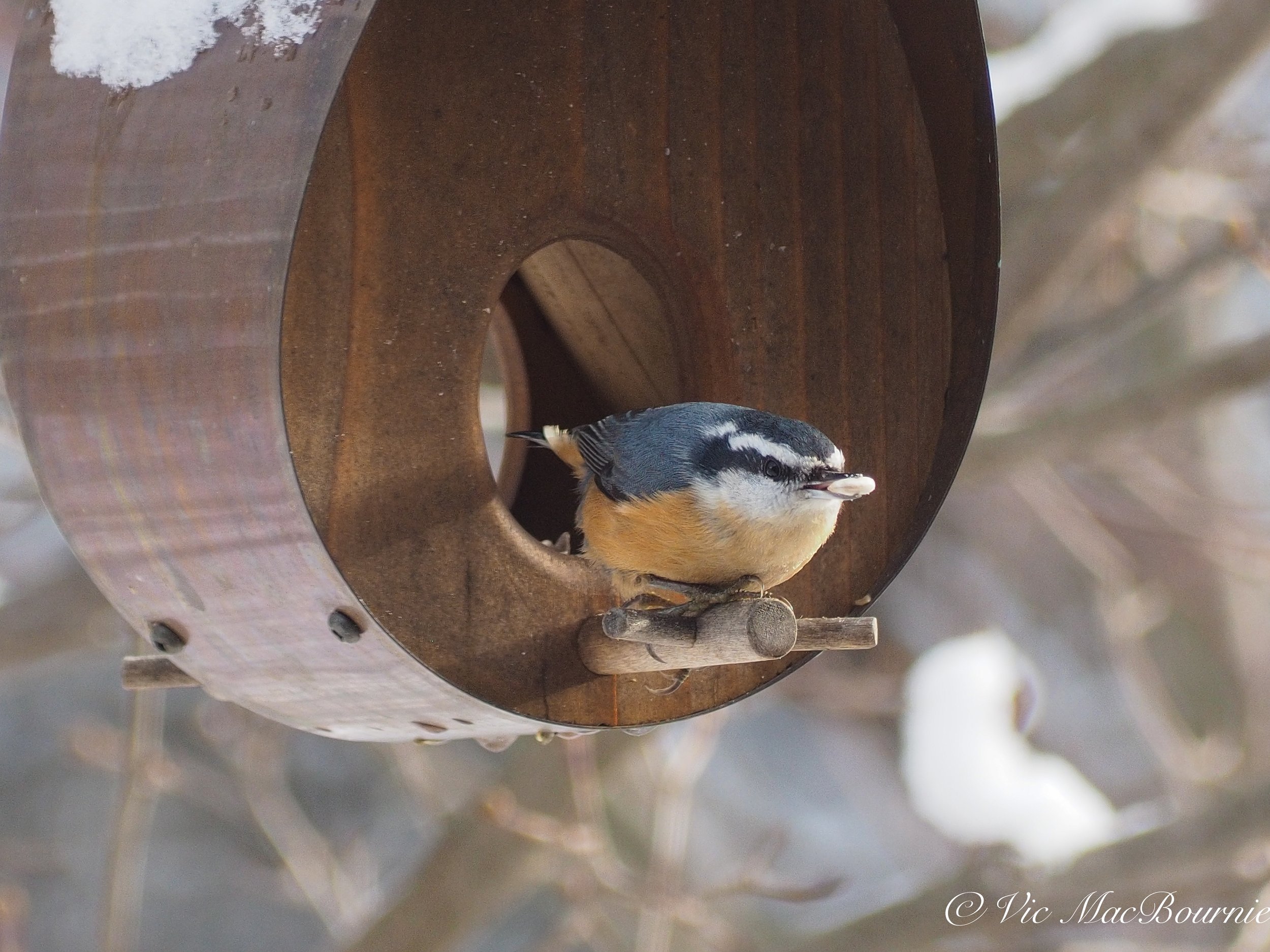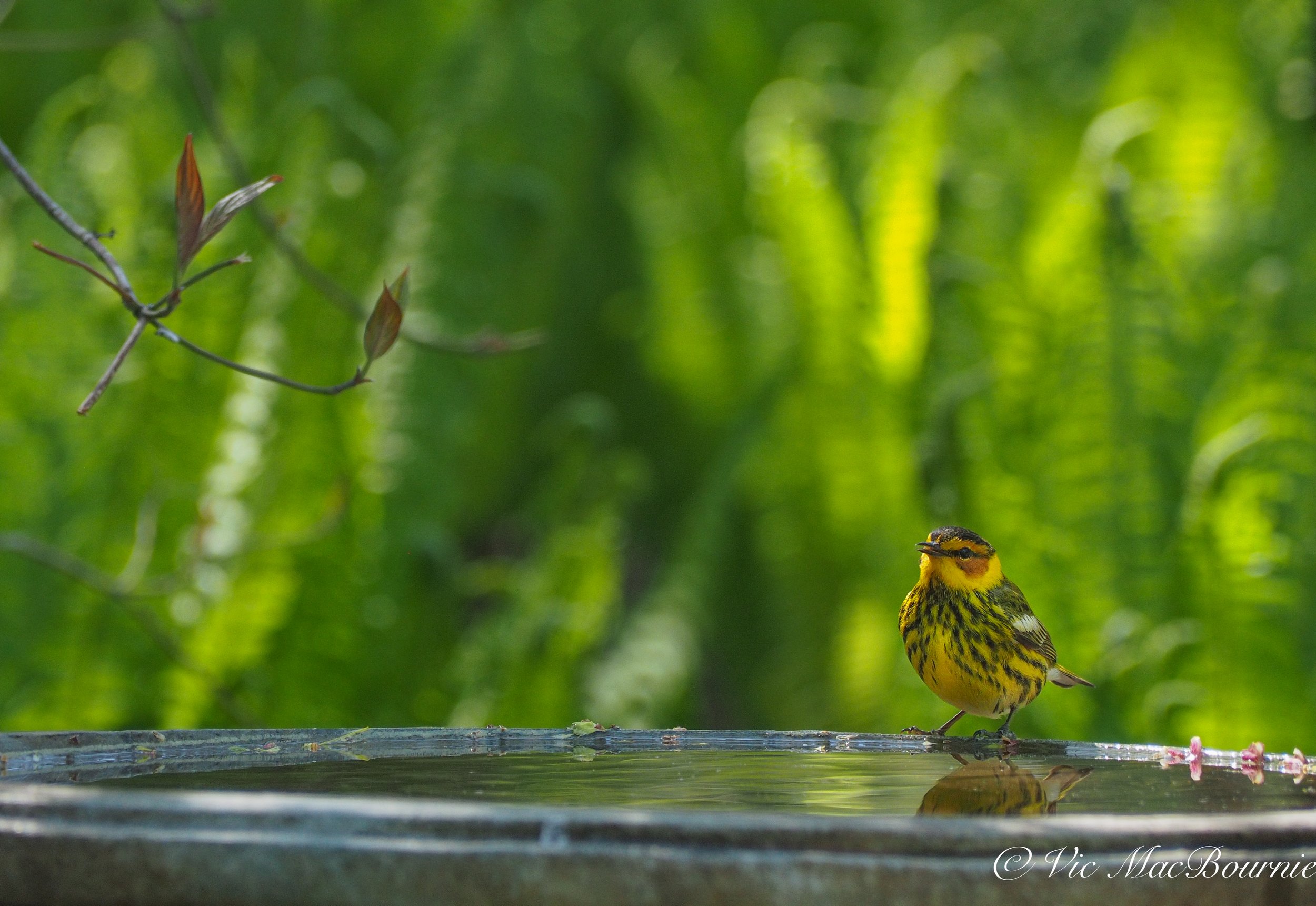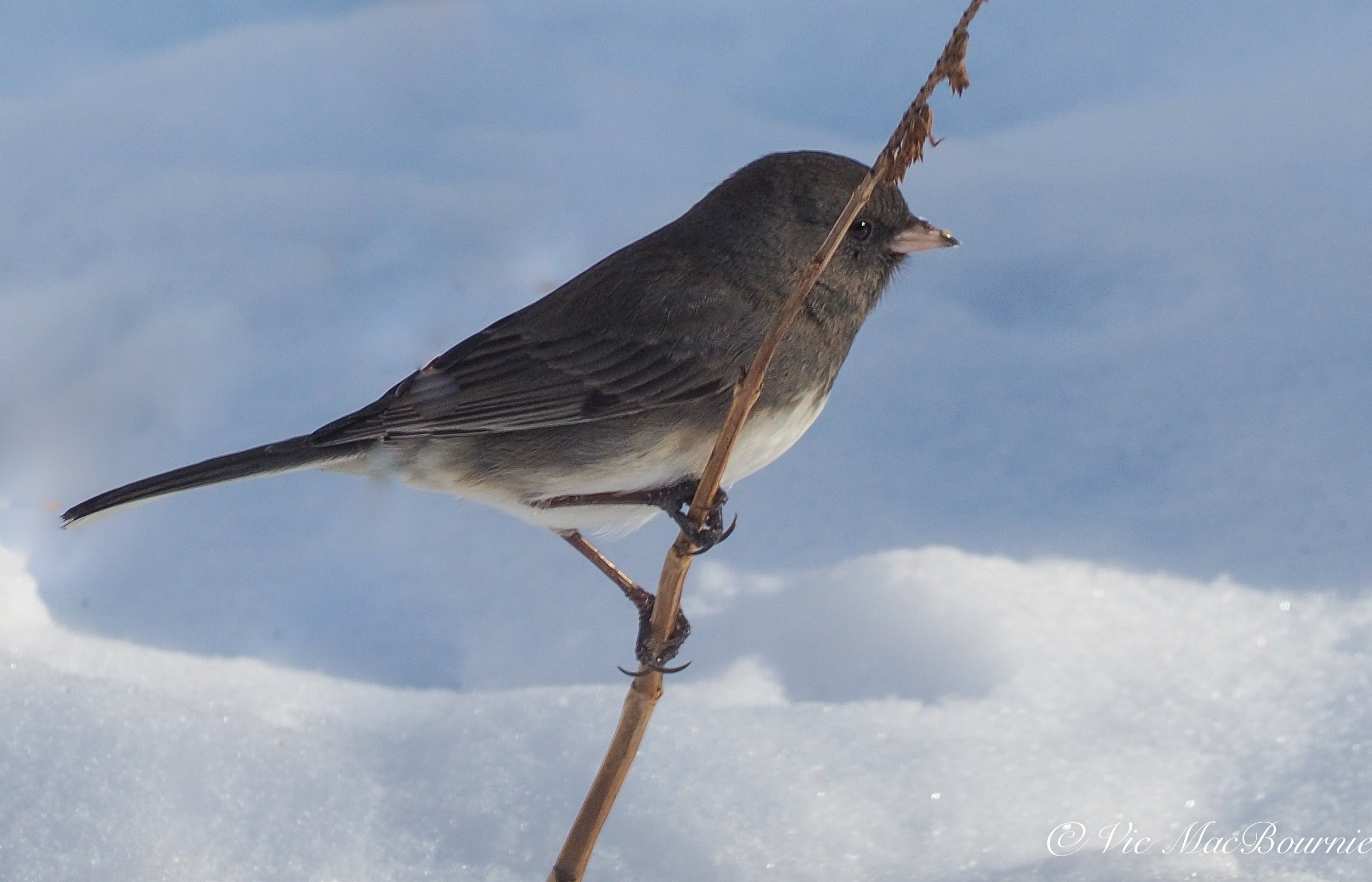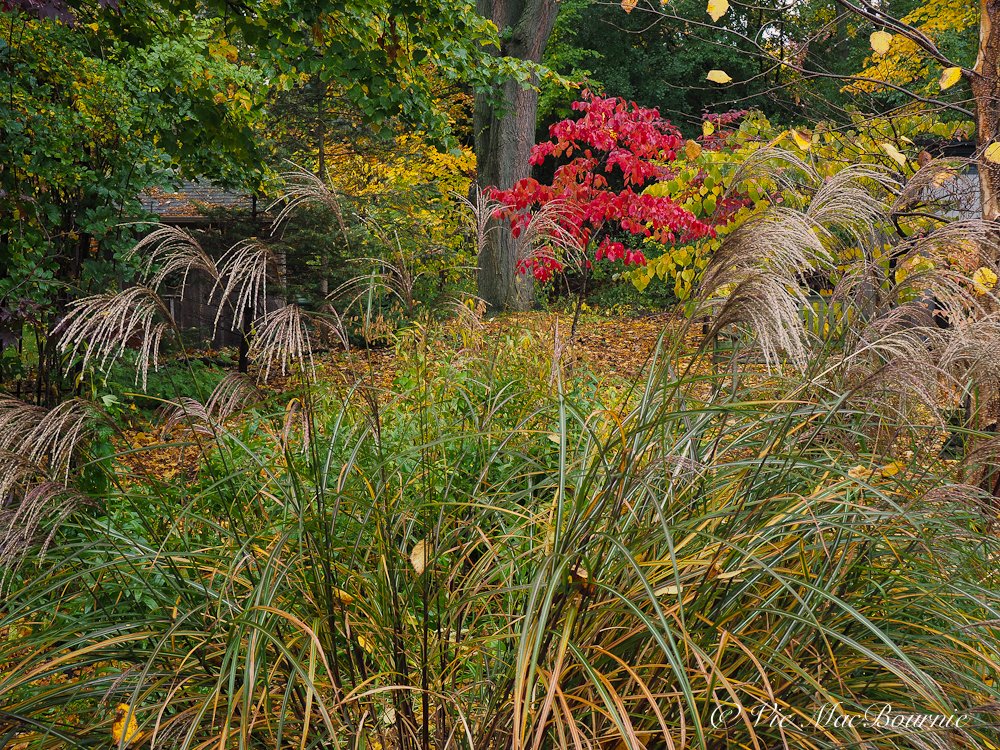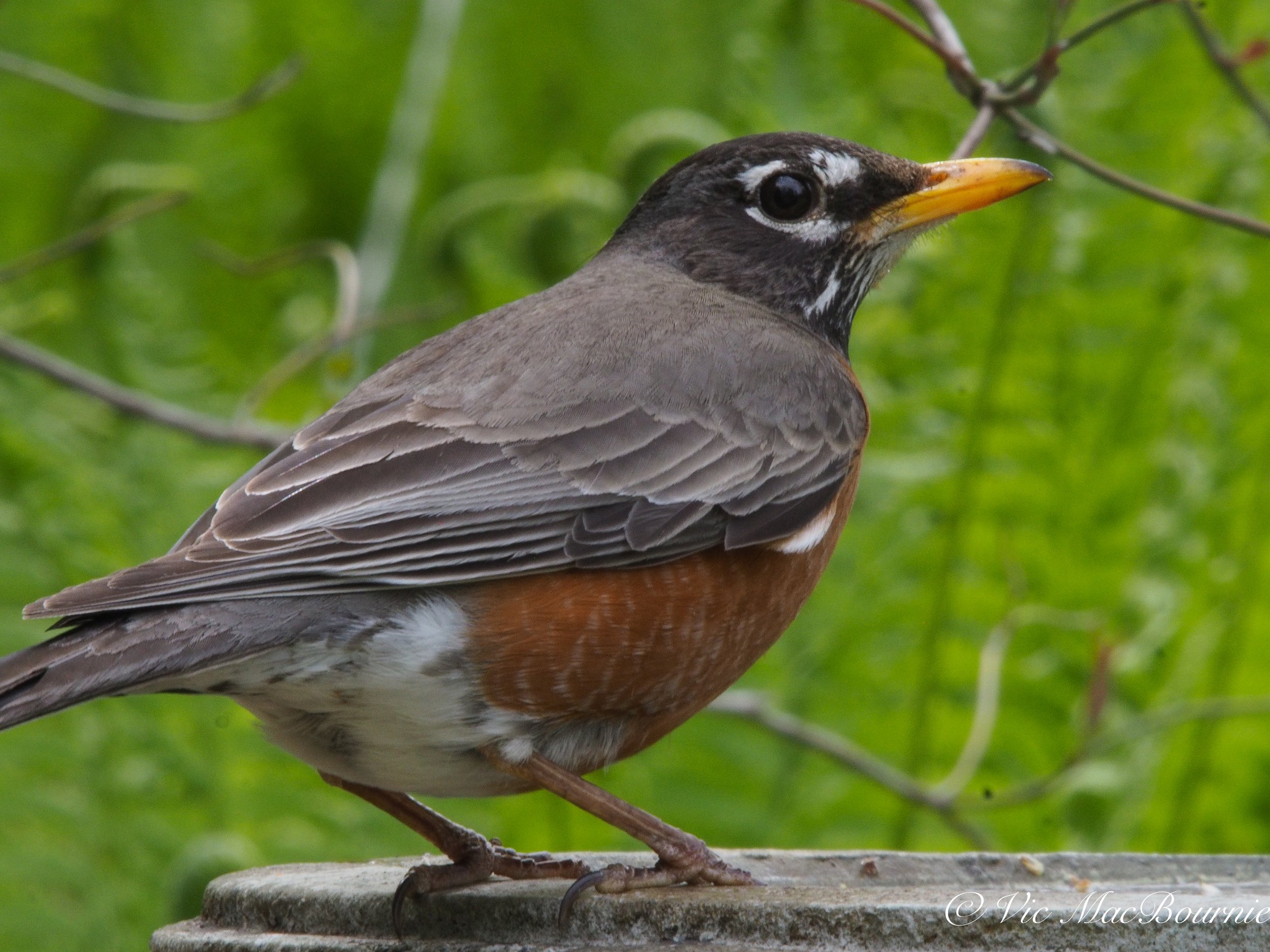Olympus camera system in the garden, the woodlands and on vacation
Stunningly good: First impressions of the Olympus OM-E-M10 Micro Four Thirds system
If you are like me and put off purchasing a Micro Four Thirds camera for garden, wildlife and vacation images, it’s time to reconsider.
I picked up an Olympus E-M10 Micro Four Thirds camera with two kit lenses, and together with a converter and my existing high-quality, vintage 300mm F4.5* lens and a sweet 50mm macro f2.8 Pentax lens, I instantly have a compact photographic system with big potential.
When I say picked the camera and lenses up, I mean truly picked it up for the very first time.
Be sure to check out my Olympus Photo gallery.
I have been admiring Olympus cameras from afar for years – actually since a young female photojournalist I worked with more than 30 years ago used the Olympus OM1 compact 35mm system.
The E-M10 takes on a lot of the vintage vibe of that original OM1 system. Although I have the all-black version ( I love all-black cameras) there is also a silver and black version that gives off a terrific vintage vibe.
For more information on Olympus, check out my complete review of the Olympus PEN system.
I can honestly say, however, that I have not held an Olympus camera in my hands since I admired the photojournalist’s impressive OM1 system.
In the hand, the E-M10 has the necessary heft to give it the feeling of a precision photographic tool that’ll put a smile on your face the moment you pick it up.
But that all changed recently when I received a box in the mail from an online seller who upgraded to a newer Olympus OM-D E-M10 Mark IV. He told me he loved his Olympus E-M10 so much that he bought the new, more expensive model.
The fact he upgraded to a newer model is always a good sign, especially for someone like me who had no real idea what to expect except from what I had seen on Youtube reviews and what other photo bloggers have written about the camera.
Let’s not kid ourselves, this is an older camera and Olympus has come a long way since they released the Olympus E-M10 in January 2014. That makes the camera almost ten years old already. But, in my book, it lacks very little of what I truly need to capture images in the garden, about town or on vacation.
The features offered in modern OM System cameras are truly outstanding and in many ways cutting edge in comparison to other camera manufacturers. The system is certainly one that should be considered if you are looking to purchase a new, modern camera.
I like the price of older cameras when I want to experiment with new systems and, unless you need the latest in technology, older versions of high-quality cameras are more than most of us really need to capture our garden, wildlife and other images such as our children, grandchildren, while on vacation and at special events.
If you follow my website, you’ll know that I use Pentax as my main camera system, but that I also like to dabble in small, enthusiast point-and-shoot cameras as well – Fujifilm, Lumix and even the odd Canon point and shoot.
Pentax, not unlike Olympus, likes to forge its own path and appeal to the more discerning advanced amateur photographers. These photographers are generally as much concerned about the experience as they are about the size of their camera bodies and lenses.
To their credit, Olympus has created a cult following of believers with their outstanding camera lines, ranging from the OM-D line to the truly compact and elegant PEN systems. Even their TOUGH line of point-and-shoot cameras offer an impressive array of accessories that create a versatile photography system with waterproof lenses, protective cases, and an underwater housing.
If you are looking for a camera system, be sure to check out the Olympus Shop Featured Weekly Deals for great savings directly from Olympus.
But, let’s get back to my new (to me) toy – the E-M10.
The retro-looking E-M10 packs plenty of modern features
The Olympus OM-D E-M10 was released in January of 2014 packing 16 megapixels into its Micro Four Thirds sensor. It was actually the third model in the OM-D series of compact, mirrorless, interchangeable-lens cameras, and aimed at photographers looking for a less expensive solution to its predecessors.
The E-M10 may have been less expensive than its predecessors, but Olympus did not cut corners on quality or the photographic experience with this camera.
If you are looking to add a new Olympus camera, a lens or another brand of camera, be sure to check out the large, ever-changing selection from KEH Camera Exchange. Click here to check out there selection of used camera equipment.
Our garden in spring photographed with the Olympus OM-D E-M10 and the kit lens 14-42mm.
OM-D E-M10 key features
16MP Four Thirds CMOS sensor
Twin control dials on the top of the camera
A solid, pop-up, built-in flash
Camera shoots 8 fps continuous shooting
The E-M10 has a handy tilting 1.04M dot LCD touchscreen
In addition to the LCD touchscreen, it boasts a 1.44m dot LCD viewfinder
Incorporates Wi-Fi for travellers allowing remote control and file transfer to smartphones
Focus peaking for those who want to use vintage lenses with an adapter
A full range of art filter modes and scene modes
The ability to shoot in Aperature, Shutter, Program and manual mode for more advanced photographers
'3-axis' image stabilization unlike other Olympus OM cameras with 5-axis
In the hand, the E-M10 has the necessary heft to give it the feeling of a precision photographic tool that’ll put a smile on your face the moment you pick it up.
Now, turn it on. You’ll notice there is an electronic viewfinder to look through if you so choose. Sure, there is also a very nice LCD screen to compose your image on as well, but if you are a little old school and still appreciate looking through a viewfinder to take a picture, you have a very capable digital viewfinder.
I was out recently taking images of ornamental grasses in the snow and without the digital viewfinder, the LCD screen would have been impossible to use. In fact, I was using the Olympus and a tiny Pentax Q camera system without a viewfinder and it was almost impossible to see the images on the Pentax Q system.
The Olympus viewfinder became almost indispensable. And the viewfinder is very usable.
If you are interested in exploring Olympus Micro Four Thirds cameras further, you can also check out the Olympus store at Amazon.com.
I picked up the two kit lenses with the camera – 14-40mm and the 40-150mm – and I am very impressed. Both lenses have performed admirably in the extremely short time I have used them. In fact, I am so excited about the camera that I am writing this review after using the camera for just a few days.
The camera lenses focus quickly and are very sharp considering they are inexpensive kit lenses. I will say that I did experience some hunting with the 40-150mm at the long end when focusing on a bird close up, but for the most part the focusing has been exceptionally good.
I should add that the hunting for focus may have been caused by the fact that I was shooting through a back window at my DIY heated bird bath. Still the images came out exceptionally sharp with a little tweaking in Lightroom.
In addition, I didn’t realize at first that I had the digital zoom lens turned on. Although I appreciated the extra length of the lens in its digital zoom mode, it did soften the image to some degree.
Adding my favourite Pentax 300mm F4.5 lens to my Olympus system
Mirrorless camera systems, like the Olympus OM-E-M10, allows photographers to dip into their more vintage lenses and use them on much more modern cameras. Although autofocus and other capabilities are lost when a converter is inserted between the camera’s lens mount, there are so many benefits that using these converters far outweigh their shortfalls.
I have a collection of older Pentax lenses – including my favourite 300mm F4.5* lens – that when used on the Olympus with the crop factor gives me a very useful 600mm F4.5 lens. I’ve only used the combination briefly but am impressed with the possibilities, especially when it comes to using the combination in my Tragopan photographic blind where the action is more predictable.
Manual focus is relatively easy using the LCD screen on the back of the camera. The Robin image (above) is a good illustration of what can be done in the right circumstances.
In addition to the 300mm, I will be using a Pentax 50mm f2.8 macro lens that becomes a 100mm macro lens.
This short review does not pretend to go into the details of the camera and lenses. I wrote this as an introduction to the Olympus system and a “first impression” review of the camera and lenses. A longer, more informative review will follow after I have used the camera and lenses for an extensive period of time in the garden and the woodland area around my home.
Last words on the Olympus E-M10
After using the camera for a few days, I can honestly say that it is an impressive tool for anyone looking for a small, capable camera that supports interchangeable lenses.
With my two kit lenses, I can cover the 35mm equivalent of 28mm to 300mm in two very small, lightweight lenses, and still come away with excellent images that any gardener/birder/photographer would be happy to call their own.
The bird images above were all taken with an inexpensive kit lens, hand held and photographed through the window of our back patio door and they are still sharp.
Unlike a high-end point and shoot camera with a fixed lens, the Olympus system leaves plenty of room for the gardener/photographer to grow.
While I have chosen to go with the inexpensive kit lenses to begin my Olympus journey, there is a whole array of impressive, more expensive, professional lenses and advanced amateur lenses that are certainly worth considering. Lenses are available from third-party manufacturers like Sigma as well as lenses made by Panasonic/Leica for its Micro Four Thirds cameras.
With inexpensive adapters, you can also use older vintage lenses with a two times magnification. For example, my Pentax 50mm F2.8 will become a 100mm F2.8 and my 100mm F2.8 Kiron K-mount lens becomes a 200mm F2.8 macro lens.
If you are in the market for either a new camera or camera system, definitely put a Micro Four Thirds system on your list. The convenience of the more compact system with the quality of a high-end, enthusiast camera makes these systems impossible to ignore.





